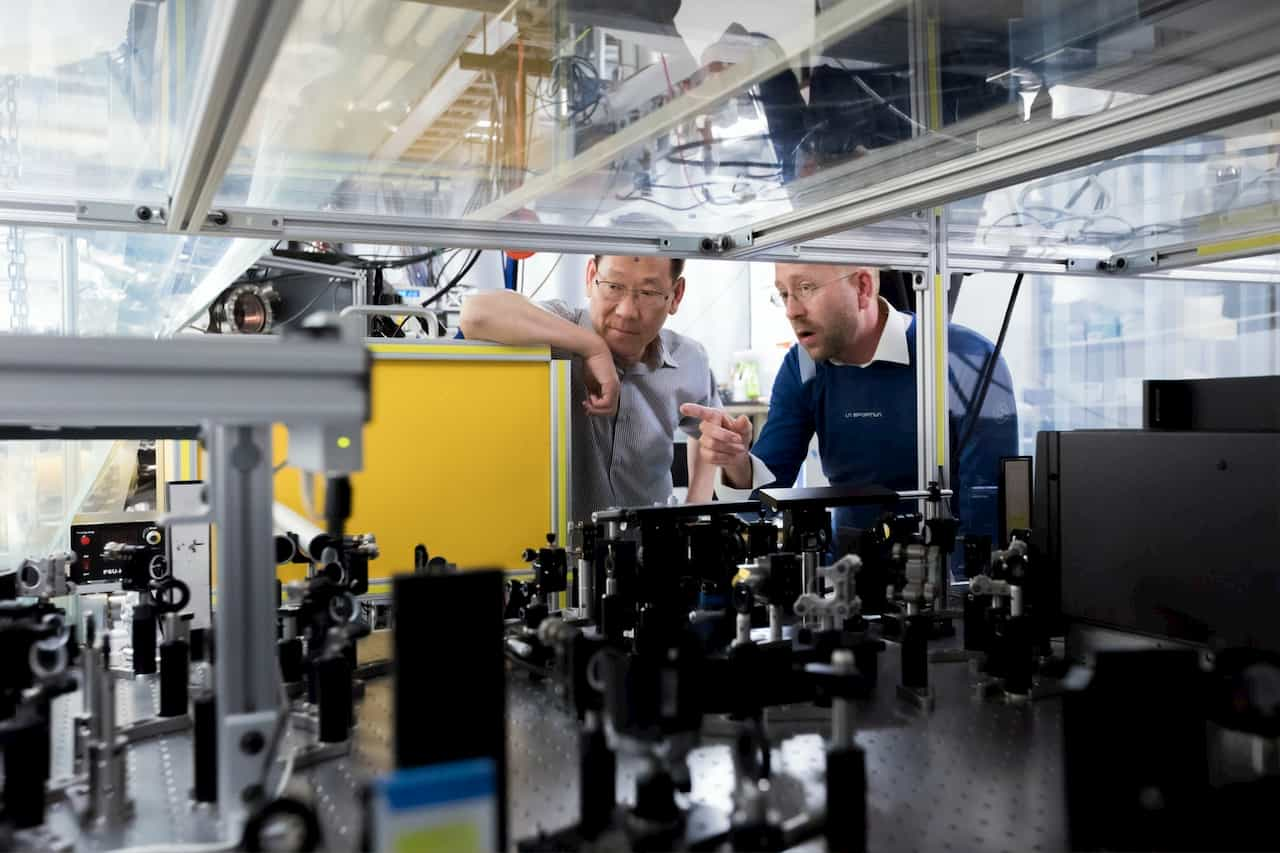Everything is a Process: A Takeaway from High Output Management
Whether you're building software, hiring, making breakfast or even creating toys, everything can be modeled as a production process. Understanding the main elements of production we can also better understand our company's, our team's and our own process and improve it dramatically.
 Understand your process and optimize it -- Photo by Science in HD on Unsplash
Understand your process and optimize it -- Photo by Science in HD on Unsplash
This post is part of the series of top 5 takeaways summary of High Output Management, so the content here is largely based on the book's content. If you'd like to see the other takeaways, go to the original post.
We're always trying to:
“Build and deliver products in response to the demands of the customer at a scheduled delivery time, at an acceptable quality level, and at lowest possible cost.”
Understanding the basis of production will enable you to achieve that goal and Andrew provides us with some of those key elements:
Limiting Step
The step in the overall shape of the production flow that will determine the overall shape of a company’s operations. Start with the longest/most challenging/most expensive/most sensitive step and work your way back.
Start with the longest/most challenging/most expensive/most sensitive step and work your way back. Work around the limiting step to get more done within the same time
Objectives and managing through them
To run your operation well and understand what you can optimize, you will need a set of good indicators or measurements. For any of those measurements to be useful, they will need to be focused on your Operational Goals.
With this small piece of advice, we're given an important understanding: The Goals are what is more important, the measurements will simply help you pursue those goals:
- Where do I want to go? (Answer provides the objective)
- How will I pace myself to see if I am getting there? (The answer gives us milestones or key results)
Andrew tells us on different parts of the book that the mind is a limited resource, so we should always focus on what's important and let go of the rest. With objectives and key results, his take is:
Ask yourself: Which five pieces of information would you want to look at each day?
Because indicators direct one’s focus and activities, you should always guard against overreacting or stretching an indicator. To avoid this, Grove recommends us to always pair our indicators around Effect and Counter Effect, i.e. always have health metrics for our key results.
Furthermore, for any indicator to be genuinely effective, it needs to measure output and not activity. Of course you would measure a Salesman's results by his order sold, not by how many calls he made.
You will always get more commitment on these objectives and measurements if the team that will have them has proposed them themselves. Measure their estimates versus the actual result and help them adjust when necessary.
Quality Assurance
In assuring quality, some principles are very helpful:
- Fix problems while they're small: Strive to find problems at the lowest value stage possible and fix them before they roll out;
- One should never let substandard material when its defect could cause a complete failure--a reliability problem--for our customer
- One should approach the need to inspect recognizing that a balance exists between the desired result of the inspection, improved quality, and minimum disturbance to the production process itself: Lean toward monitoring vs gate-like inspections when problems aren't happening frequently.
Improving the process
You must frequently question why each step of the process is performed. Typically, you will find that many steps exist in your work flow for no good reason. Often they are there by tradition or because formal procedure ordains it, and nothing practical requires their inclusion.
No matter what reason may be given for a step, you must critically question each and throw out those that common sense says you can do without.
Stressing output is the key to improving productivity, while looking to increase activity can do just the opposite. Strive to make people more effective in chasing the output, not only more efficient in doing their activities.